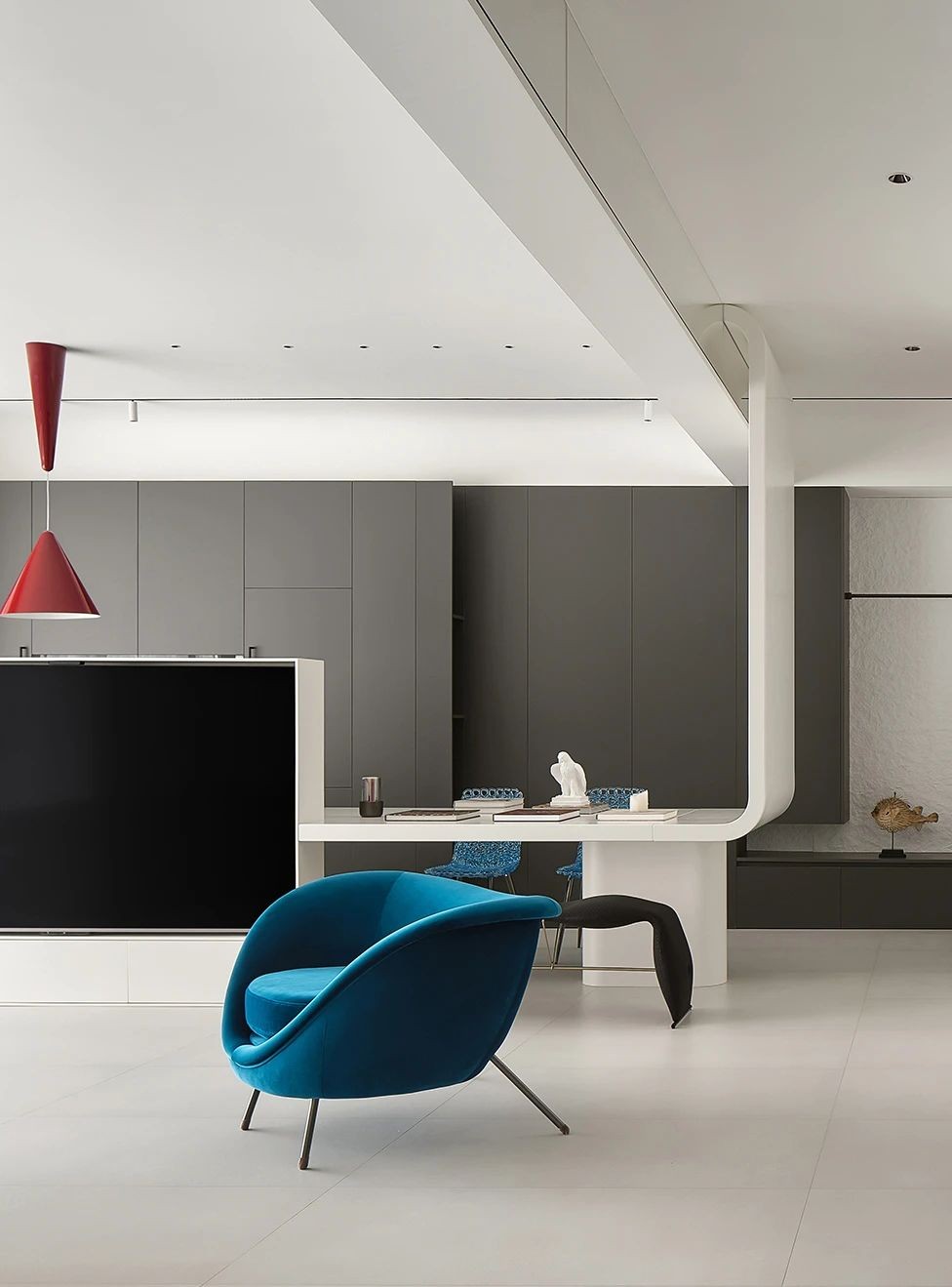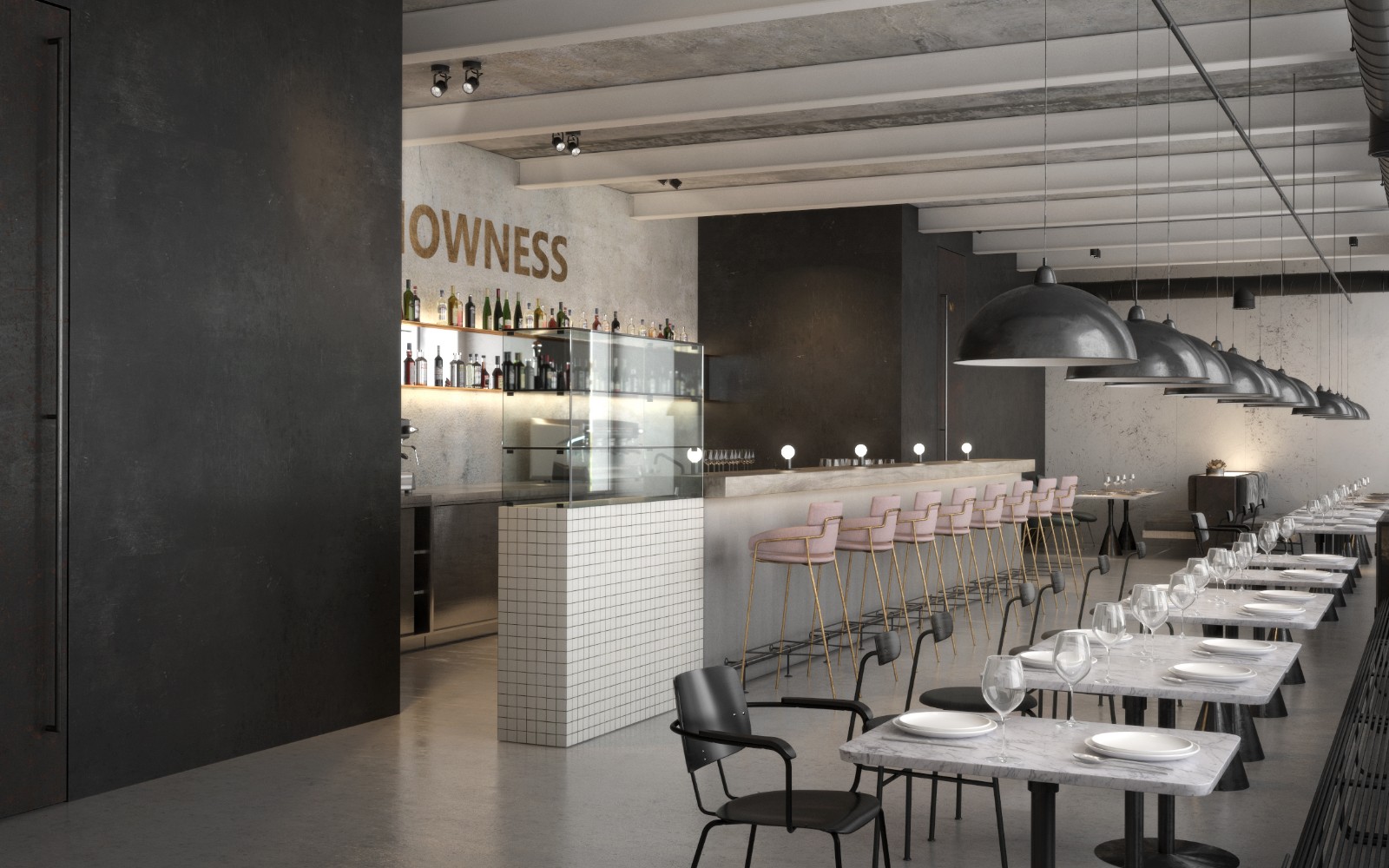iHouse Dormitory Studio SUMO
2016-12-05 22:00
© Kawasami Kobayashi Photograph Office
Kawasami Kobayashi摄影办公室


架构师提供的文本描述。随着日本人口的减少,大学正试图吸引越来越多的国际学生长期和短期留校。该宿舍和国际中心为大约140名国际学生提供有效的住房、教育和融合,通过共享的公共空间和房间,从单人间和双人间到有共用浴室的四间客房,实现文化和经济上的多样化。
Text description provided by the architects. As Japan copes with a declining population, universities are trying to attract an increasingly international student body for both long and short term stays. This dormitory and International Center for approximately 140 international students efficiently houses, educates, and integrates a population that is both culturally and economically diverse through a collection of shared public spaces and rooms that range from singles and doubles with private baths, to rooms sleeping four with shared bathing facilities.
© Kawasami Kobayashi Photograph Office
Kawasami Kobayashi摄影办公室


这些共用房间使联检组能够提供每月80美元的住宿,并特别面向亚洲和东欧新兴国家的中等收入学生。这座建筑坐落在通往大学的主干道上,在一片稻田的边缘。它由一个9米宽的宿舍酒吧组成,它悬浮在国际中心上空,向外展示景观。
These shared rooms allow JIU to offer accommodations for as little as $80/month and are particularly geared towards students of modest means from emerging Asian and Eastern European countries. The building is sited along the main access road to the university on the edge of an expanse of rice fields. It is comprised of a 9-meter wide dormitory bar that hovers over the International Center that projects out to engage the landscape.
© Kawasami Kobayashi Photograph Office
Kawasami Kobayashi摄影办公室


Floor Plans
平面图


© Kawasami Kobayashi Photograph Office
Kawasami Kobayashi摄影办公室


国际中心由画廊、档案室和活动空间组成,以纪念已故的Takamado王子,他帮助促成了主办2002年世界杯的日韩合作伙伴关系。联检组与Takamado家族保持着密切的关系。其中一个人进入校园外的道路,通过一个空白的酒吧,这两个项目在地面的隔开。一个百叶窗表面,散布着突出的阳台,遮住了外面的走廊,为宿舍服务,面向稻田外的稻田。多扇滑动玻璃门打开在人行道上,让人回想起日本传统房屋的“英格瓦”空间。提供共享空间、走道和阳台系统,将压缩后的生活空间扩展到户外。
The International Center is comprised of a gallery, archive room, and event space in memory of the late Prince Takamado who helped broker the Japan/Korea partnership that hosted the 2002 World Cup. JIU maintains a close relationship with the Takamado family. One enters the building off the campus road through a void in the bar that separates the two programs on the ground level. A louvered surface interspersed with projecting balconies masks exterior walkways that serve the dormitory rooms facing out over the rice fields beyond. Multiple sliding glass doors open onto the walkways, recalling the ‘engawa’ space of traditional Japanese houses. The provision of shared spaces, the walkway, and balcony system expand the compressed living space into the outdoors.
© Kudoh Photography Ltd.
C.Kudoh摄影有限公司。




© Kawasami Kobayashi Photograph Office
Kawasami Kobayashi摄影办公室


产品描述:最显眼的材料是铝制百叶窗,它构成了南面。我们使用了三个不同尺寸的水平百叶窗。他们每一个附加最大的悬臂从垂直支撑,以创造一个编织的模式,包括一个统一的外观对公众,和阴影人行道,一个动态的灯光播放给居民。
Product Description. The most conspicuous material is the aluminum louver the makes up the south façade. We used horizontal louvers with three different dimensions. They are attached each with the maximum cantilever from the vertical support to create a woven pattern to comprise a unified façade to the public, and shaded walkways with a dynamic play of light for the inhabitants.
© Kawasami Kobayashi Photograph Office
Kawasami Kobayashi摄影办公室














































Architects Studio SUMO
Location Togane, Chiba Prefecture, Japan
Category Dorms
Partners-in-Charge Sunil Bald, Yolande Daniels
Area 30.168 m2
Project Year 2016
Photographs Kawasami Kobayashi Photograph Office, Kudoh Photography Ltd.
Manufacturers Loading...































